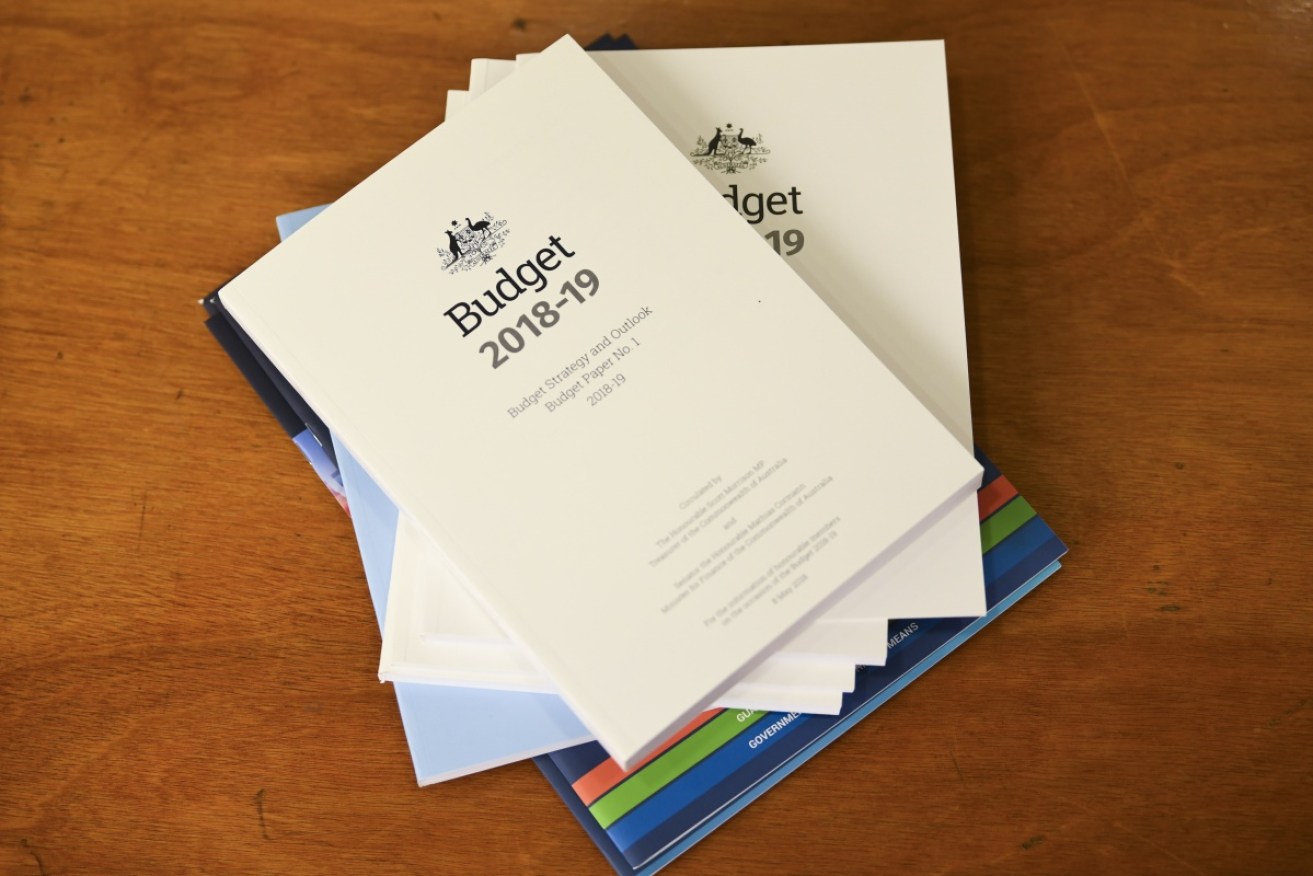Why Australia’s latest wages figures are worse than they look


The wages assumptions made by Scott Morrison in the federal budget have fallen at the first hurdle. Photo: AAP
The June quarter wages index headlined a slight lift of 0.6 per cent for the quarter, making 2.1 per cent for the year. Don’t be fooled – the numbers are worse than they look.
Unionised public-sector wage gains are barely keeping the total index in line with inflation. The detail in the Australian Bureau of Statistics figures point to private-sector wages falling in real terms.
New South Wales’ performance underlines the nexus between lower unemployment and wages remains broken. With rare exceptions, employers’ mindset is locked into wage rises of no more than the inflation rate. And some key sectors are going backwards – fast.
Nearly 1.3 million Australians, more than 10 per cent of the workforce, are employed in retail. It’s our biggest private-sector employer, second overall to government-dominated health care and social assistance.
The retail wages index moved less than 0.1 per cent in the June quarter and gained only 1.4 per cent over the financial year while the consumer price index rose 2.1 per cent. In real terms, the retail wage index fell 0.7 per cent in 2017-18.
The fall was despite a 3.3 per cent rise in the basic wage last July. That experience leaves no reason to think the latest 3.5 per cent basic wage increase will make much difference this quarter – especially with penalty rates being reduced.
The federal budget outlook is based on a sharp rise in wages over the next two years. There is simply no sign of that being likely.”
Scott Morrison’s May budget forecast 2017-18 wage price index growth of 2.25 per cent.
Budget forecasts are done in 25-point intervals. The seasonally adjusted result today was 2.14, which rounds up to deliver the budget forecast – just. (The original and trend series figures would have rounded down to 2 per cent.)
What matters much more is what happens when the forecast of 2.75 per cent this financial year and 3.25 per cent in 2019-20 fail to eventuate.
Without wages growth, from here the economy won’t get the household consumption growth necessary to achieve the brave overall forecasts of above-trend economic performance.
The clearest indication of failure can be seen in the wages test tube that is New South Wales. If lower unemployment was going to spark higher wages, it would be happening by now.
Our most populous state finished June with an unemployment rate of 4.7 per cent, well below the national figure of 5.4 per cent and what has become loosely thought of as the NAIRU (non-accelerating inflation rate of unemployment) of 5 per cent. Greater Sydney recorded an unemployment rate of 4.1 per cent – the lowest in more than four decades.
But NSW’s private-sector wage index rose just 2 per cent for the year in original terms – the same as the national figure and less than the Consumer Price Index.
The federal budget forecasts unemployment to remain stuck on 5.25 per cent for the next three years. If NSW can’t generate real private-sector wages growth with 4.7 per cent unemployment, it defies understanding how the federal Treasurer can claim strong wages growth will be achieved nationally on 5.25 per cent unemployment.
The Reserve Bank’s quarterly statement on monetary policy on Monday pointed to the uncertainty about household consumption in the present climate. The RBA indicates economic growth depends heavily on government infrastructure spending (which is overwhelmingly financed by state governments as the federal government has reduced its infrastructure spending).
“The outlook for household consumption growth continues to represent a significant uncertainty for the forecasts, in large part due to uncertainty around household income growth,” the RBA said.
“Household disposable income growth will be supported over the forecast period by the reductions in income taxes announced in the 2018-19 federal budget. Consumption is projected to grow at the same rate as household disposable income over the forecast period.”
Those tax cuts don’t actually arrive in pockets until early in the 2019-20 financial year. With July’s sudden fall in vehicle sales, the government is likely to become increasingly nervous about a re-election strategy of hanging on and hoping for a noticeably stronger economy.








